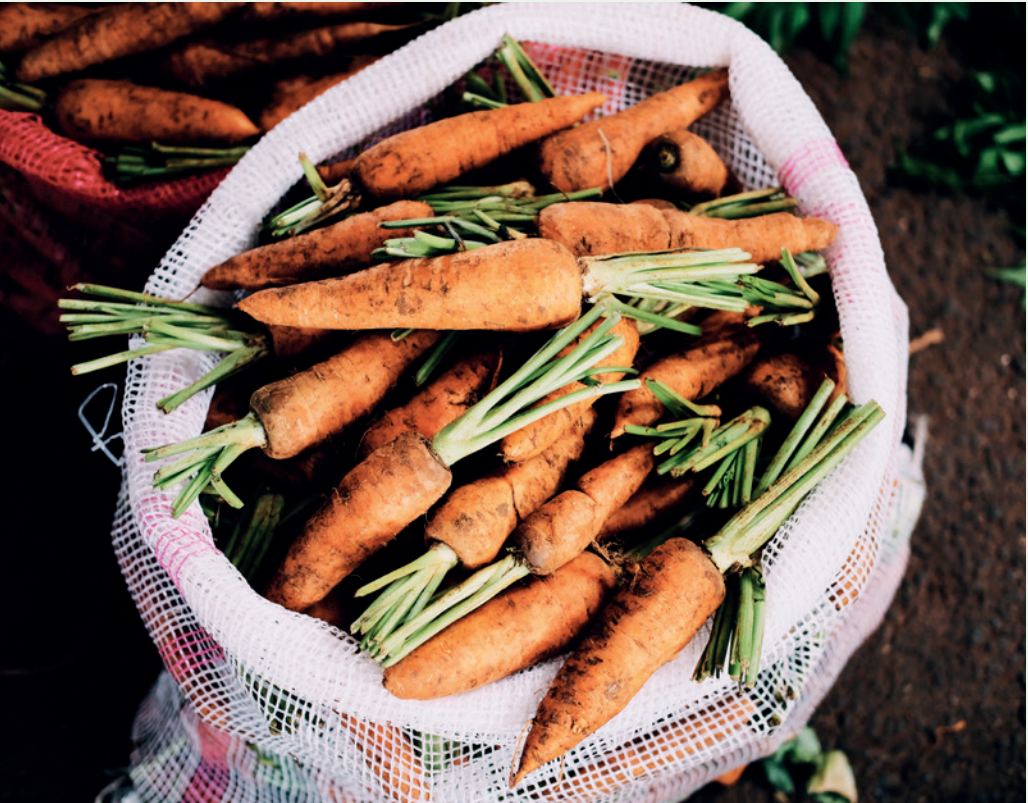
Resilient food solutions
At ALLFED, we research resilient food options to increase the odds of survival if a global catastrophe strikes.
In the last decade, we’ve studied several options for resilient food solutions. We’ve looked at both low-tech and high-tech solutions, and we’ve identified the options that are most affordable and that will feed the most people quickly. We’ve assessed options for pilot projects in countries that could implement solutions most quickly, and we’ve studied how to respond to different catastrophes that could reduce food supplies and impact supply chains.
On this page, we share the resilient foods that we believe are most promising in case of a 5% loss in global calorie output. Our research for many of the solutions below is published (links included), but in all cases, we’re still doing more work to better understand the feasibility of these solutions as scalable options that can feed billions of people. If you want to learn more about the work we’re doing with any of these resilient foods, please visit our publications page or contact us directly.
Find out more about resilient foods by exploring the four categories of solutions below, and be sure to visit our catastrophic risks to food page to learn more about the catastrophic risks that are most likely to impact food supplies.

Nutrition and diet
The availability of a variety of foods in sufficient quantities is the key to human survival. People will need to have access to sufficient calories, vitamins, minerals, and other nutritional needs during a catastrophe, just as they do in normal, day-to-day life.
We are studying how the different resilient foods described here could be combined for a nutritionally complete, and, if possible, healthy diet in a global food catastrophe. Previously we have estimated that a balanced diet might be feasible even in the worst case scenarios.
Four categories of resilient foods solutions
High-tech solutions
New technologies have enabled us to biochemically produce food from some unlikely sources. In an extreme food supply shock, it could be useful to apply methods that allow us to obtain calories and nutrients from sources which don’t normally produce food. These could include plant fiber, CO₂, and potentially even resources typically considered fuels, such as natural gas or petroleum.
Today we know how to produce high-quality protein from natural gas or CO₂ and sugar from forest biomass. Since they are chiefly independent of food trade or agriculture, these food production methods are very resilient to many different types of food shortages, including those in which typical solutions could prove insufficient.
If traditional food supplies are unavailable over a longer time span, factories based on these technologies could be built to alleviate long-lasting supply shortages, once stored foods had run out. Large-scale production facilities could take around two years to build, but fast construction methods could potentially reduce the time down to about 7–8 months. These products have not yet been approved for human consumption, but some, such as protein from CO₂, are on track for approval.
Another possibility would be building some of these factories now, so that they’re available if a catastrophe occurs. While this would require an upfront cost, it would decrease costs during the catastrophe; building now would also bring some present-day benefits related to economic resilience and sustainability. Repurposing existing factories, especially paper factories, to produce food is also one of the more effective options ALLFED is looking into.
Low-tech solutions
Our current resilient foods research indicates that the following solutions are the most affordable and most likely to be implementable following a number of different catastrophes, but especially those catastrophes that could reduce sunlight and drastically decrease global temperatures.
Loss of industry or electricity
A number of risks could cause widespread electrical failure, including a series of high-altitude electromagnetic pulses (HEMPs) caused by nuclear weapons, an extreme solar storm, or a coordinated cyberattack. A more extreme pandemic than COVID-19 could cause people to be too fearful to come to work in power plants.
Since modern industry depends on electricity, it is likely there would be a collapse of the functioning of industry and infrastructure in these scenarios. As such, any of these scenarios could be catastrophic to the food system, where we would face issues that could include loss of farm equipment, fertilizers, and pesticides.
The first response to a catastrophe should be to reduce edible food that’s currently fed to animals or turned into biofuels, and instead direct that food to be provided to people. Replacement fertilizers could be obtained by burning wood in landfills for energy, phosphorus, and potassium, and planting a high fraction of legumes (peas and beans) to take nitrogen from the air. Farmers could implement low-tech methods for pest control and irrigation. These solutions may help enable communities to continue to grow and use high-performing crop varieties.
These techniques alone could potentially feed everyone, but our research indicates that extracting calories from agricultural residues and expanding planted area could feed everyone several times over. However, nonmotorized transportation would need to be developed, including retrofitting ships to be wind powered and vehicles to be animal powered (with the animals consuming feed that is not edible to people).
Other solutions
There are a number of other resilient food solutions that we think are less promising, either because of higher costs or because the solution would feed fewer people. However, future research could change this.